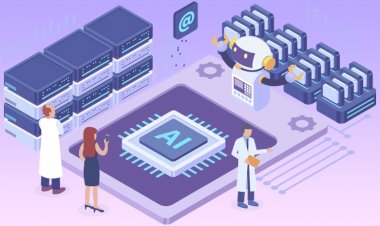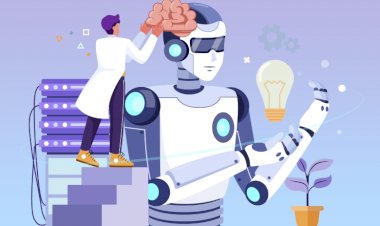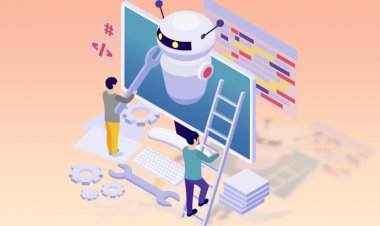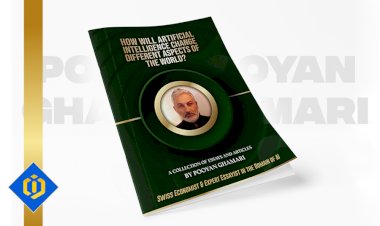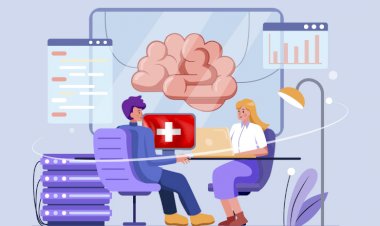New Works of Art Will Be Created with the Help of Artificial Intelligence
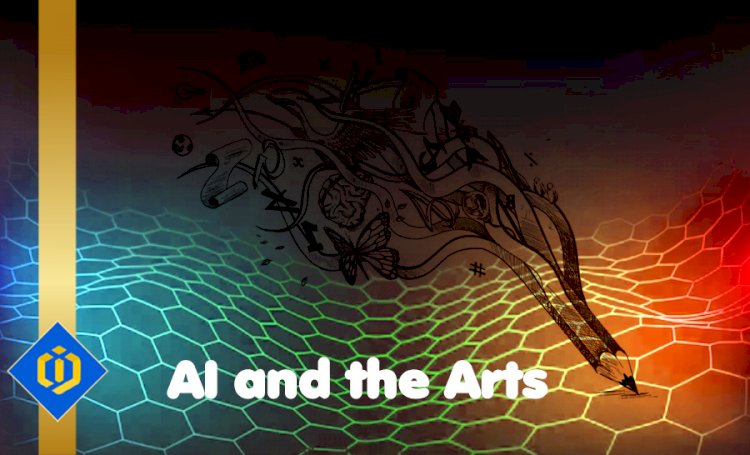
An emerging area that is raising a lot of concerns about the function of creativity and the nature of art is artificial intelligence (AI) and the arts. Some claim that since AI lacks the human emotions and experiences required for authentic artistic expression, it is fundamentally incapable of producing meaningful works of art. Others contend that AI has the potential to be an effective tool for boosting creativity and fostering novel forms of expression. The question of whether AI is truly capable of producing meaningful works of art is explored in this article along with the potential advantages and difficulties of its use in the arts.
The ability to analyze and generate enormous amounts of data and information is one of the main advantages of AI in the arts. As an illustration, AI algorithms can examine existing works of art and find themes and patterns that might be challenging for humans to notice. As a result, it may help to spark the creation of fresh works of art and offer fresh viewpoints on established genres.
The potential for audiences to have more customized and interactive experiences is another advantage of AI in the arts. AI can be used, for instance, to develop interactive performances and installations that react to audience activity and movement, resulting in a more immersive and captivating experience. Through new forms of participation and collaboration, this can aid in eradicating the conventional barriers between artists and audiences.
The use of AI in the arts is not without its difficulties and ethical issues, though. One worry is that AI may reinforce or exaggerate current biases and inequalities in society, particularly when it comes to racial, gender, and class issues. For instance, if an AI algorithm is trained on data that is prejudiced against particular groups, it may create artistic works that uphold or reinforce these biases.
The need to strike a balance between the use of AI and the value of human creativity and expression in the arts is another issue. AI can offer new methods and tools for artistic expression, but it cannot take the place of the significance of human feelings, experiences, and viewpoints in the creative process. It is critical to make sure that ethical and human-centered principles that put the worth and autonomy of artists and audiences first are used to guide the use of AI in the arts.
The development and application of AI in the arts must be approached from a multidisciplinary and collaborative perspective in order to allay these worries. This entails interacting with audiences, technologists, ethicists, and artists to make sure that the use of AI in the arts is governed by the values and tenets of the artistic community. It also calls for a dedication to openness, responsibility, and the use of moral principles as a framework for decision-making throughout the AI development process.
In conclusion, artificial intelligence (AI) has the potential to revolutionize the arts by introducing fresh methods and equipment for artistic expression, creation, and participation. While there are difficulties and ethical issues with the use of AI in the arts, these can be resolved through a multidisciplinary and collaborative approach that puts the dignity and autonomy of artists and audiences first. By collaborating, we can build a more dynamic, inclusive, and forward-thinking artistic community that pushes the boundaries of expression and creativity.
An Analysis by Pooyan Ghamari, Swiss Economist with Expertise in the Digital World

 content-team
content-team 


